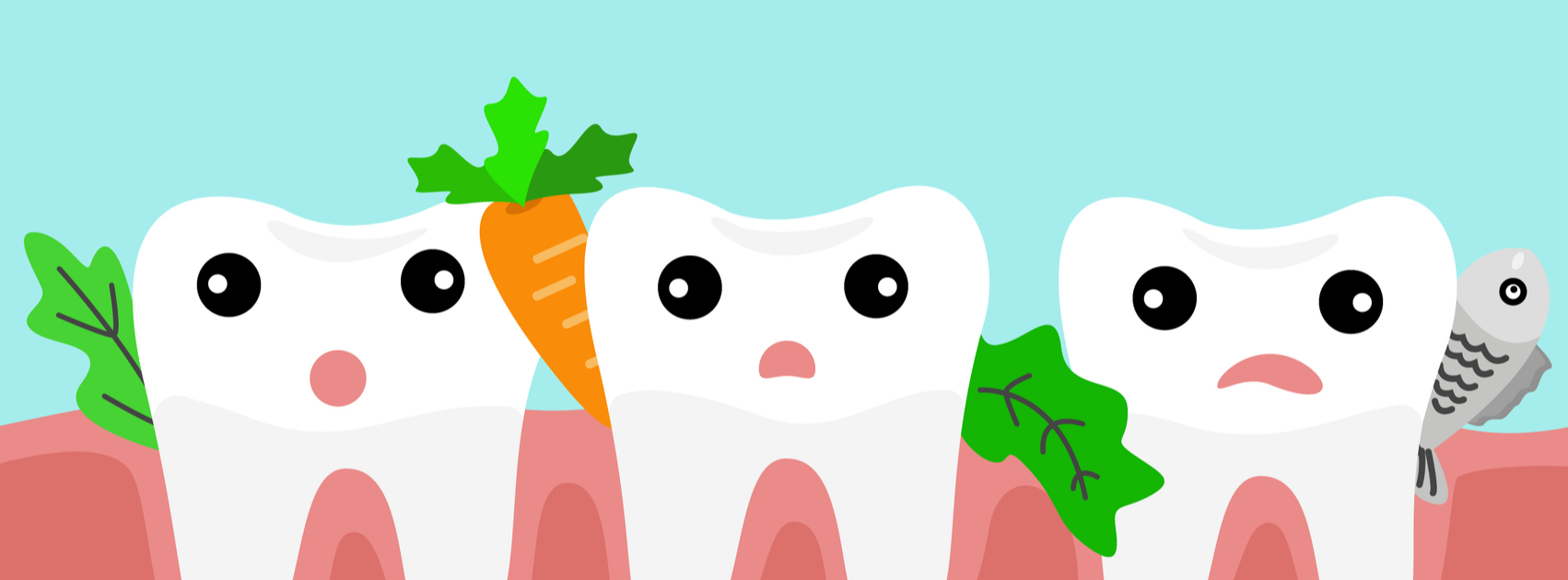Carlingford Dentist
About 30% of our tooth surface is between the teeth. This narrow space between the teeth is a little difficult to clean, a conventional toothbrush won’t come close to fitting in there, but it does need to be cleaned lest we suffer tooth decay and gum disease.
There are a few ways to clean between the teeth:
Traditional Floss
This is by far the most popular way to clean between teeth. Flossing is usually combined with brushing and mouthwash as the standard, and quite reliable, way to clean the mouth.
We can use a short length of floss to clean between the teeth. It removes bacteria, plaque, and food debris by physical action.
Floss Sticks
Some people find these easier to use than traditional floss. They consist of a short length of floss held between to arms of a plastic holder. They are single-use only but still managed to be quite inexpensive.
Inter-dental Brushes
These are an alternative to floss. They consist of a small round brush on a short plastic stick, about the diameter of a pipe cleaner. Like floss they clean between the teeth by physical action, removing bacteria, plaque, and food debris.
Ultrasonic Toothbrushes.
This has a different cleaning action to floss. The vibration of 3Mz or higher destroys bacteria near the brush, even bacteria between the teeth as long as the individual teeth contact the brush. This does not remove food debris between the teeth, but it is effective against bacteria and plaque.
An ultrasonic brush is best used in combination with floss, so food debris can be removed as well.
Mouthwash
This deals with bacteria by chemical means. Mouthwash is especially good for reaching places that brush, or even floss, cannot reach. So like ultrasonic cleaning it is best used in combination with floss or inter-dental brushes.
Carlingford Dental
Use dental floss in combination with mouthwash or ultrasonic toothbrushes to clean the spaces between teeth.
Information Disclaimer
The content of this article is meant for informational purposes only and should not be considered a source of professional advice, recommendations, or endorsements. It is not a substitute for seeking expert guidance or making well-informed decisions based on individual circumstances. Although we strive for accuracy and reliability, we cannot guarantee the information's completeness or suitability for all situations. Readers are urged to verify facts, consult experts, and consider their own context before taking actions or decisions based on this content. No warranties, explicit or implied, are provided regarding the accuracy, timeliness, or completeness of the presented information. Relying on this information is at the reader's own discretion and risk. We encourage readers to consult relevant professionals or experts for advice tailored to their specific needs. Neither the author, publisher, nor any affiliated parties will be held responsible for errors, omissions, or damages resulting from the use or reliance on the information in this article.

